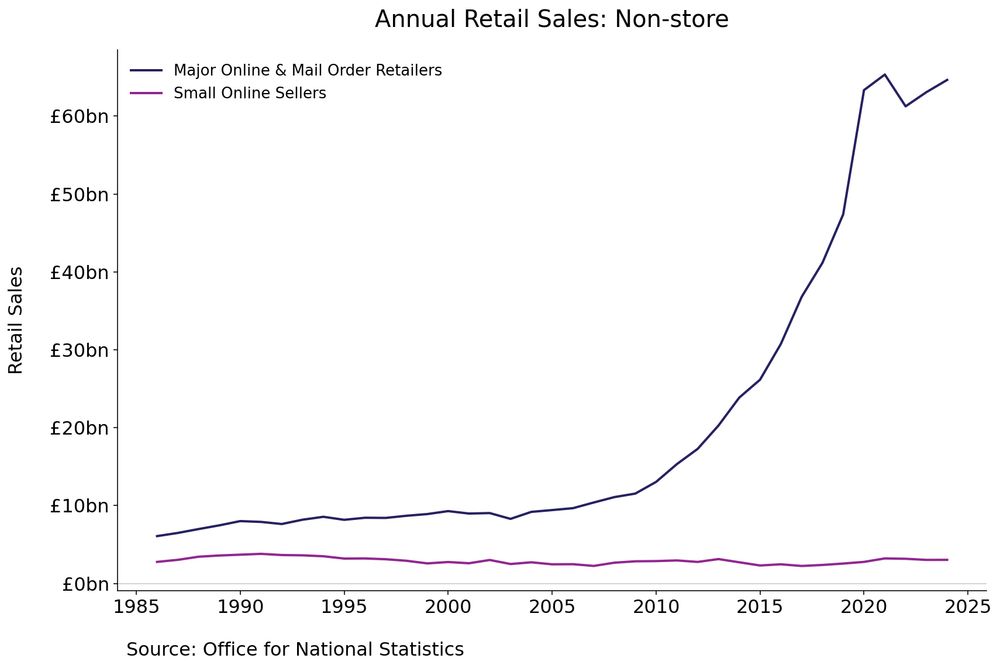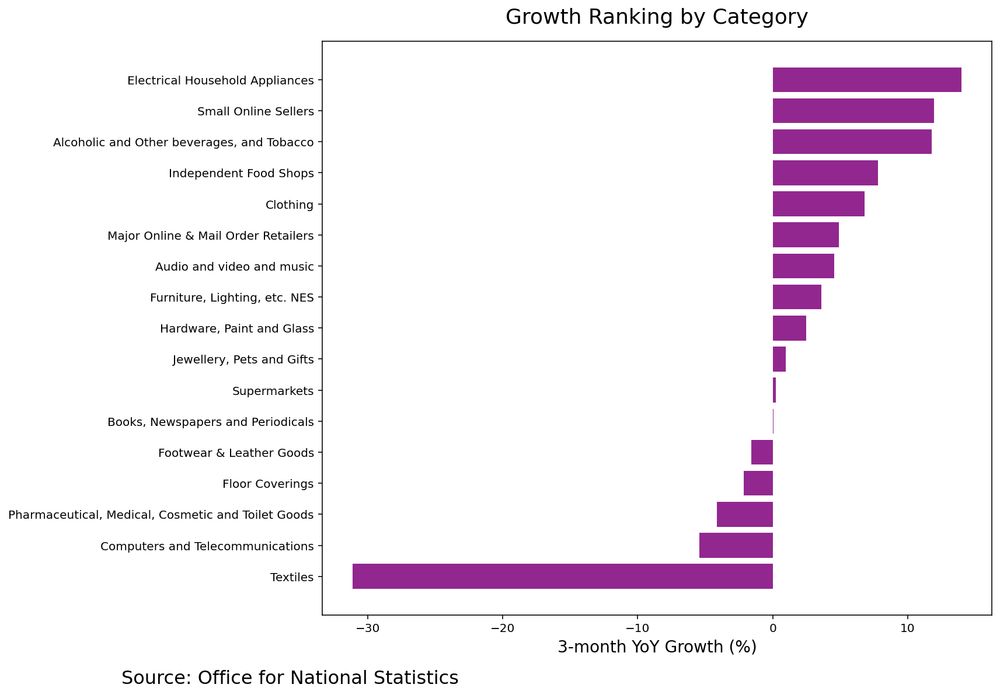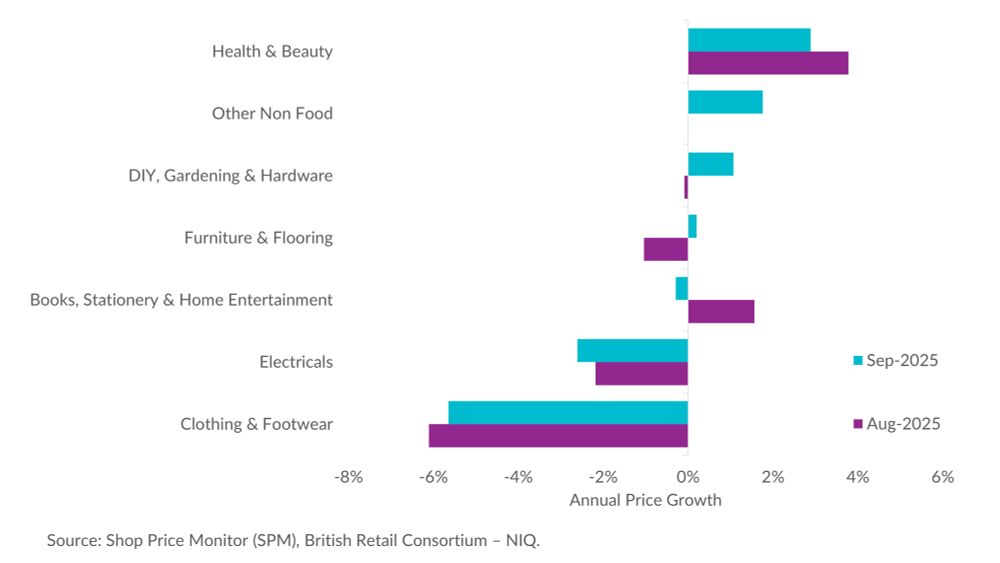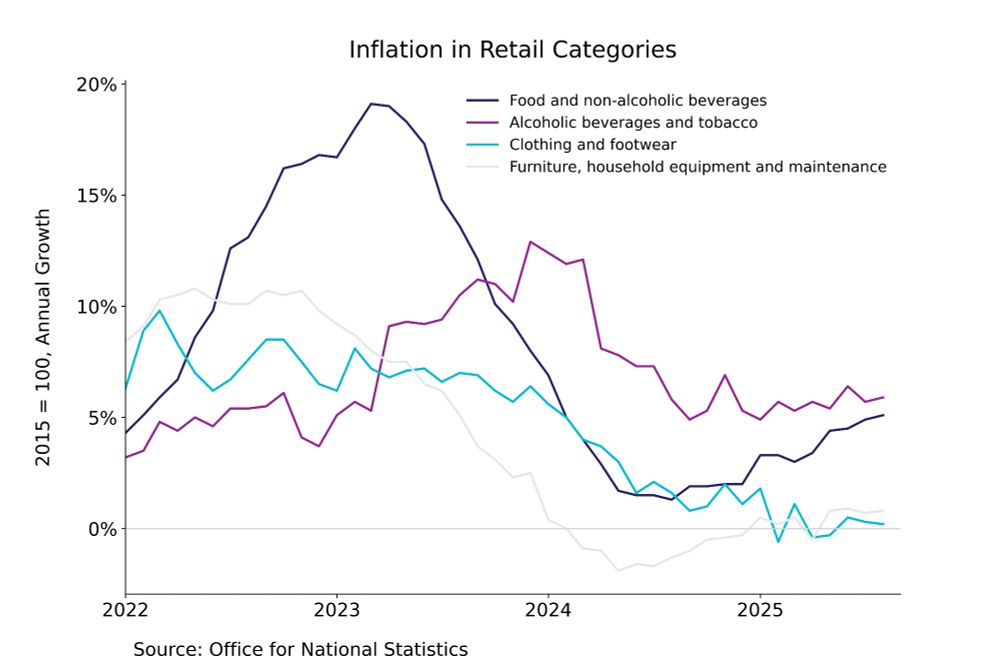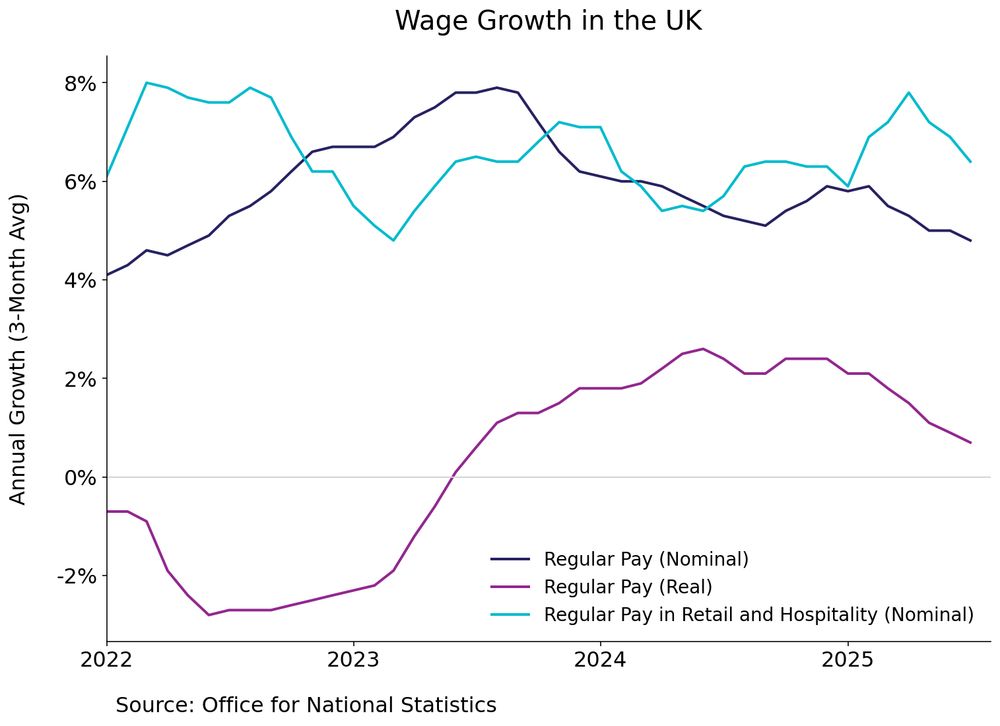Harvir Dhillon
@harvirdhillon.bsky.social
310 followers
130 following
420 posts
Economist at the British Retail Consortium 🛍️
UK macro, retail and #costofliving 📈👨🏽💻🇬🇧
Opinions my own etc
Formerly Experian
Leicestershire, United Kingdom 🦊
Posts
Media
Videos
Starter Packs
Harvir Dhillon
@harvirdhillon.bsky.social
· Aug 26
Harvir Dhillon
@harvirdhillon.bsky.social
· Aug 26
